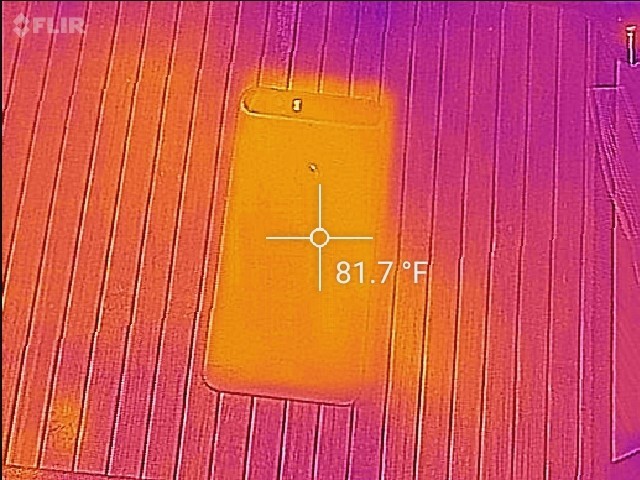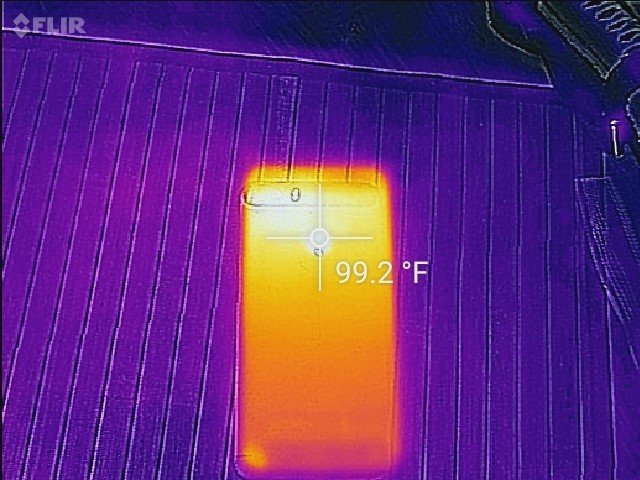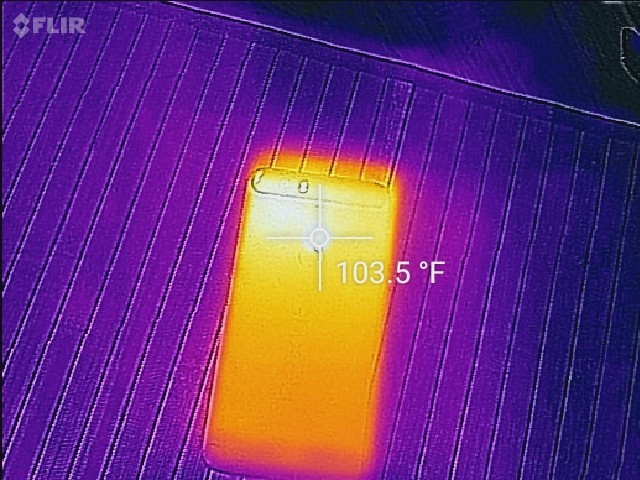Does the Nexus 6P get too hot?

A lot of pixels have been wasted — and I do mean wasted — on the thermal conditioning and overall performance of the Snapdragon 810 processor. It's been such a hot button (see what I did there?) issue OnePlus went out of their way to ensure everyone they had a special "cool" version of the processor, only to have it come out later that so did everyone else. That's not to say there haven't been phones out there to run poorly while packing a Snapdragon 810, but as we've seen with several other phones that has more to do with manufacturer competence than anything else.
With the Nexus 6P packing a Snapdragon 810 under Huawei's slick exterior, there's a lot of folks out there with questions about performance and thermal properties. Does the Nexus 6P handle heat poorly? You be the judge.
Earlier this year we stuck the HTC One M9, the Samsung Galaxy S6 edge, the LG G4, and the Motorola Droid Turbo under a thermal camera and took some pictures while making each phone jump through hoops. During that test we learned that these phones only really get super hot during benchmaking periods, but the metal body of the HTC One M9 actually did wonders for dispersing heat and making the phone comfortable to hold under load. It seemed only fair to subject the Nexus 6P to a similar set of tests.



In our 76-degree (Fahrenheit, of course) office, the Nexus 6P started out at 81 degrees. That was the phone sitting on a table doing nothing for at least half an hour, so well into a Doze cycle. Starting out, the Nexus 6P was picked up and played with for ten minutes. Five minuted browsing and checking social media, and five minutes playing Ski Safari 2. When the Nexus 6P went back under the Flir thermal camera, it had climbed up to 99.2 degrees. As you can see in the image above, heat buildup happens mostly between the camera and the fingerprint sensor, which is good news if you're holding the phone in portrait but not quite as good if you're playing a game. Still, under 100 degrees is nothing to worry about. Under these same conditions, every other phone we've tested behaves similarly.
The bottom line? You aren't going to have heat problems with the Nexus 6P.
Benchmarking is where things tend to get interesting. In our last test, parts of the Galaxy S6 edge (with its Exynos processor) climbed as high as 120 degrees and was noticeably uncomfortable to hold. The Nexus 6P immediately jumped to 102 degrees when the benchmark started, but never got above 104.5 degrees during the benchmark. At this point you could feel the fingerprint sensor area was a little warm, but the rest of the phone was still plenty comfortable to hold. Running the benchmark again saw the temperature climb to 106 degrees, but never any higher and at no point did the phone give any thermal warnings.
The bottom line? You aren't going to have heat problems with the Nexus 6P. It gets just about as warm as everything else out there, but at no point did the phone feel unreasonably hot. In fact, it stayed cooler than Samsung's offering by 10 degrees without sacrificing performance. We can't ask for much more than that.
Get the latest news from Android Central, your trusted companion in the world of Android

